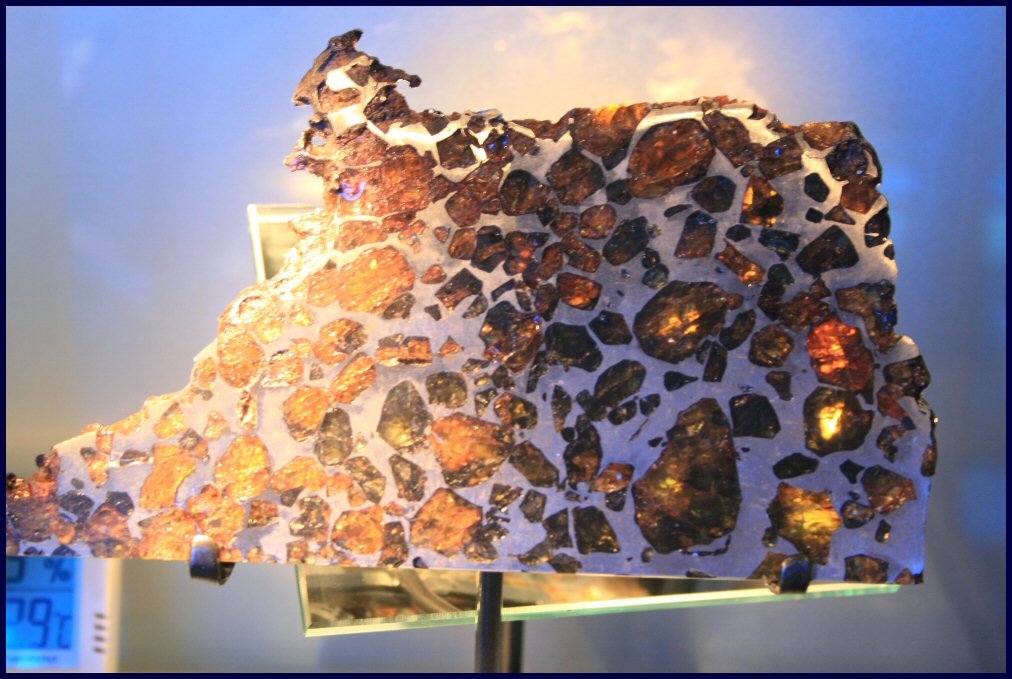The deep sea is home to creatures with extraordinary features that help them survive extreme conditions. These animals have evolved in surprising ways to thrive in darkness, high pressure, and cold temperatures. Let’s explore ten fascinating marine animals and their unique adaptations.
1. The Anglerfish’s Luring Light
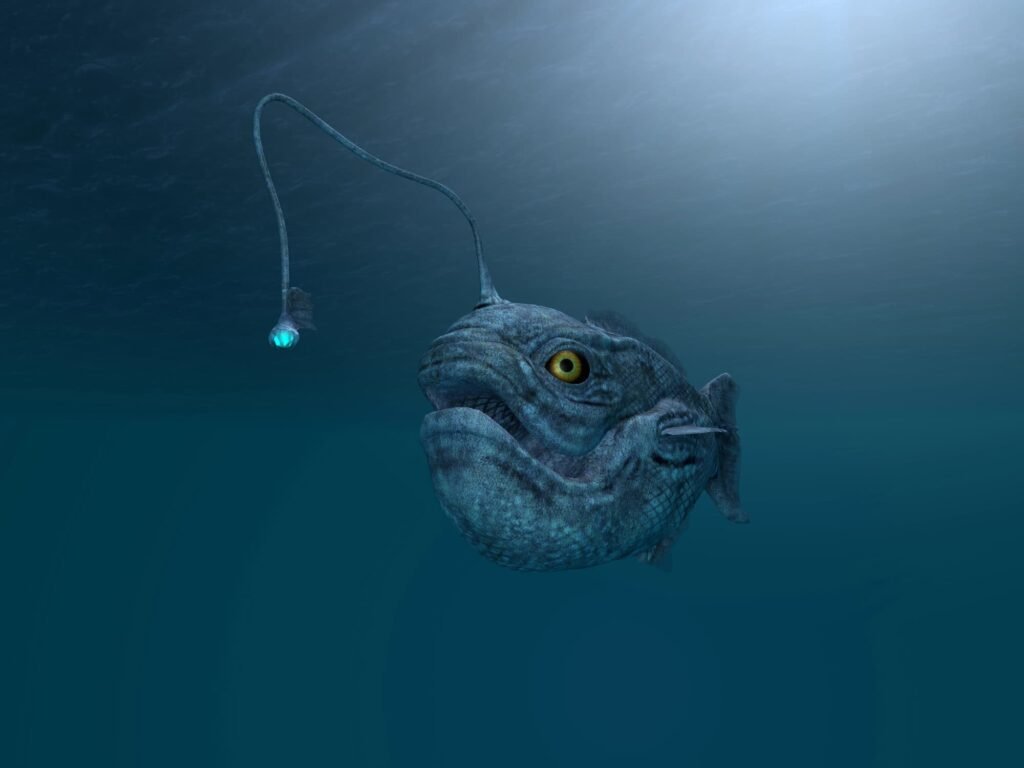
Anglerfish are famous for the glowing lure on their heads, used to attract prey in the pitch-black depths. This light comes from bioluminescent bacteria living in a small stalk called an esca. Found over 3,000 feet deep, the anglerfish uses its light to ambush unsuspecting prey.
2. The Gulper Eel’s Expanding Mouth
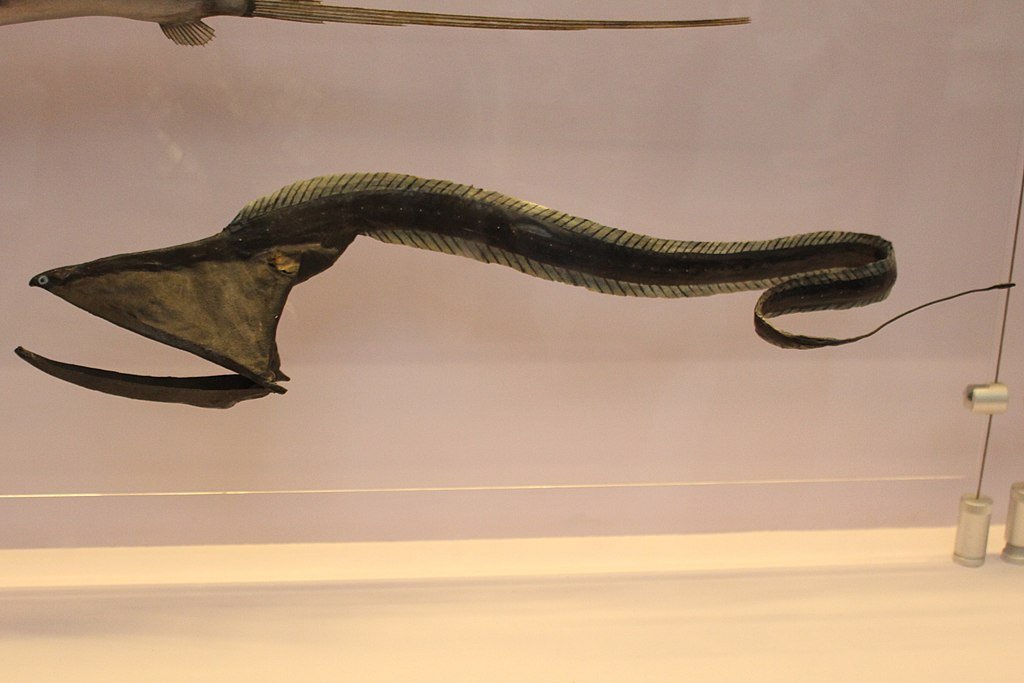
The gulper eel, or pelican eel, has a jaw that can stretch wide enough to swallow prey much larger than itself. Its mouth acts like a scoop, trapping food in its oversized pouch. This adaptation is crucial in an environment where meals are rare and unpredictable.
3. The Giant Squid’s Massive Eyes
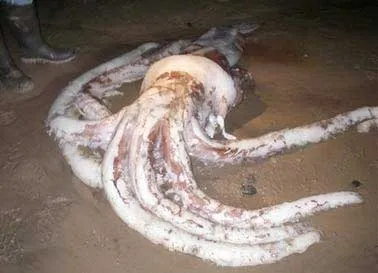
Giant squids boast some of the largest eyes in the animal kingdom, measuring up to 10 inches in diameter. These enormous eyes help them detect faint light and spot predators, like sperm whales, in the deep ocean. With such vision, they can survive the dark depths where most creatures remain unseen.
4. The Deep-Sea Dragonfish’s Invisible Light

The dragonfish produces red bioluminescent light, which is invisible to most prey. This allows it to hunt efficiently in complete darkness without alerting its targets. Additionally, it has large teeth that help it capture and hold onto slippery prey.
5. The Barreleye Fish’s Transparent Head
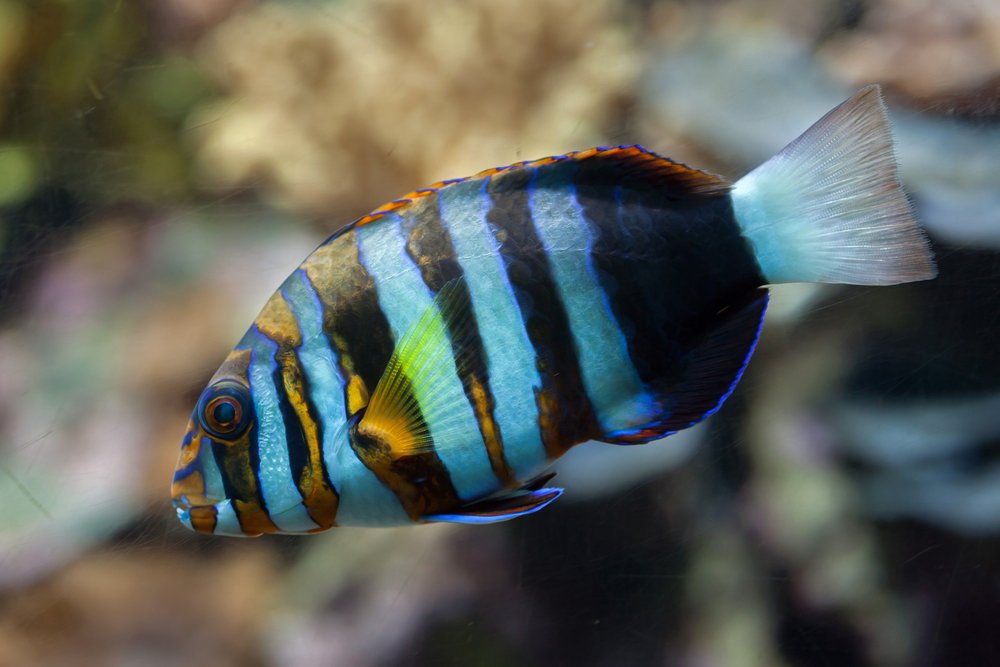
Barreleye fish have transparent heads that allow them to look upward through their dome-like skulls. This adaptation helps them spot prey above while remaining hidden. Their tubular eyes provide excellent vision in the dim, deep-sea environment.
6. The Dumbo Octopus’s Flapping Ears

Named after the Disney character, the Dumbo octopus uses ear-like fins to swim gracefully through the water. These unique fins allow it to move with minimal effort, conserving energy. It lives at depths of over 13,000 feet, where food is scarce and efficiency is essential.
7. The Hatchetfish’s Shiny Camouflage

Hatchetfish have silvery, reflective scales that act like mirrors to blend into their surroundings. This adaptation makes them nearly invisible to predators hunting from below. Their ability to camouflage ensures survival in the vast, open waters of the ocean’s middle layers.
8. The Sea Cucumber’s Defensive Ejection

Sea cucumbers have a bizarre defense mechanism: they eject their internal organs when threatened. This distracts predators, giving the sea cucumber time to escape. Remarkably, it can regenerate these organs within a few weeks.
9. The Frilled Shark’s Ancient Design
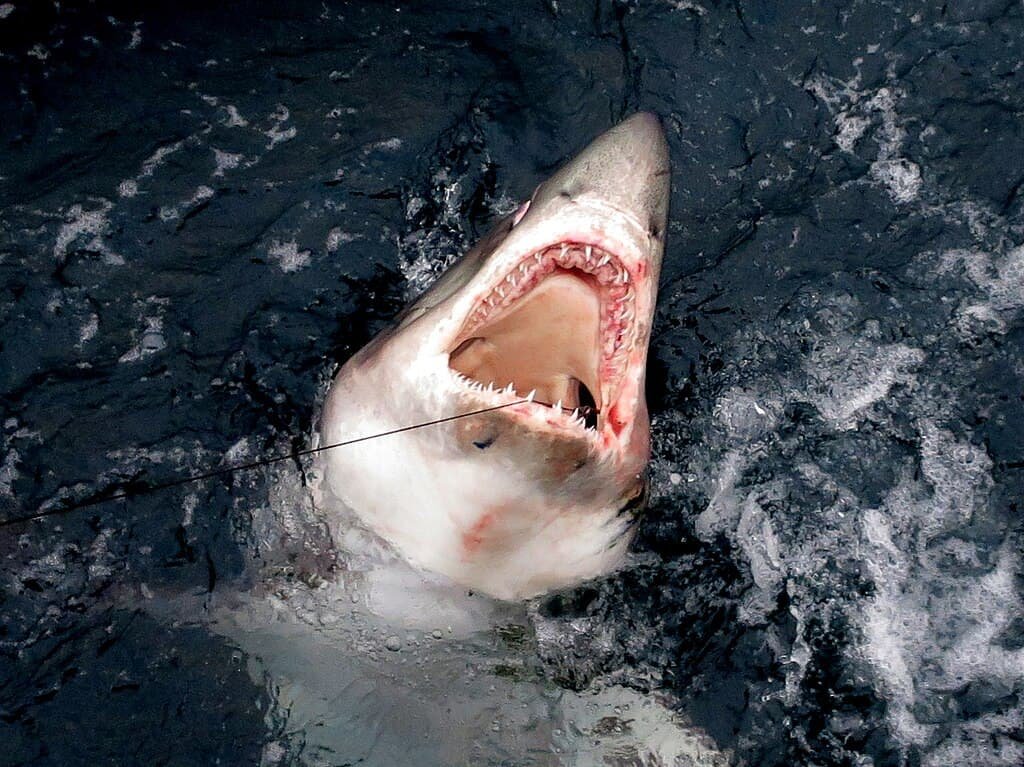
The frilled shark looks like a living fossil, with a body structure that has remained unchanged for millions of years. It uses its eel-like flexibility and rows of sharp teeth to catch prey. Found deep underwater, it is one of the most elusive marine creatures.
10. The Vampire Squid’s Defensive Cloak
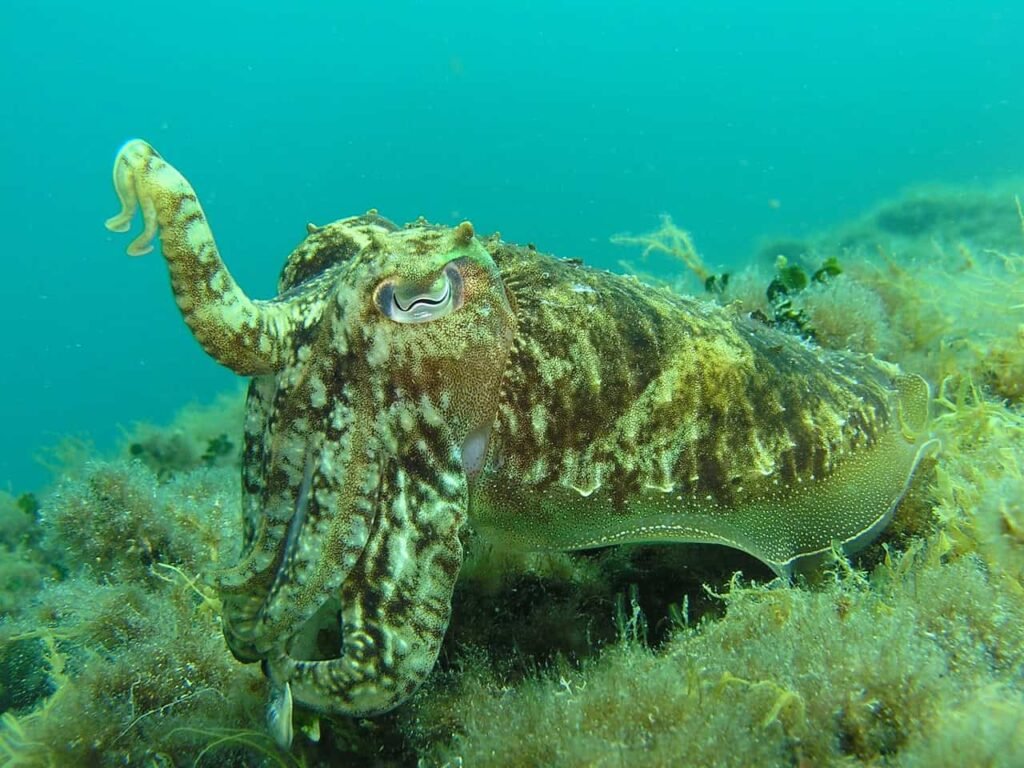
Despite its name, the vampire squid does not suck blood. Instead, it uses a defense mechanism where it wraps its webbed arms over its body, creating a cloak. This move confuses predators and protects its vulnerable parts in the dark ocean depths.
Conclusion
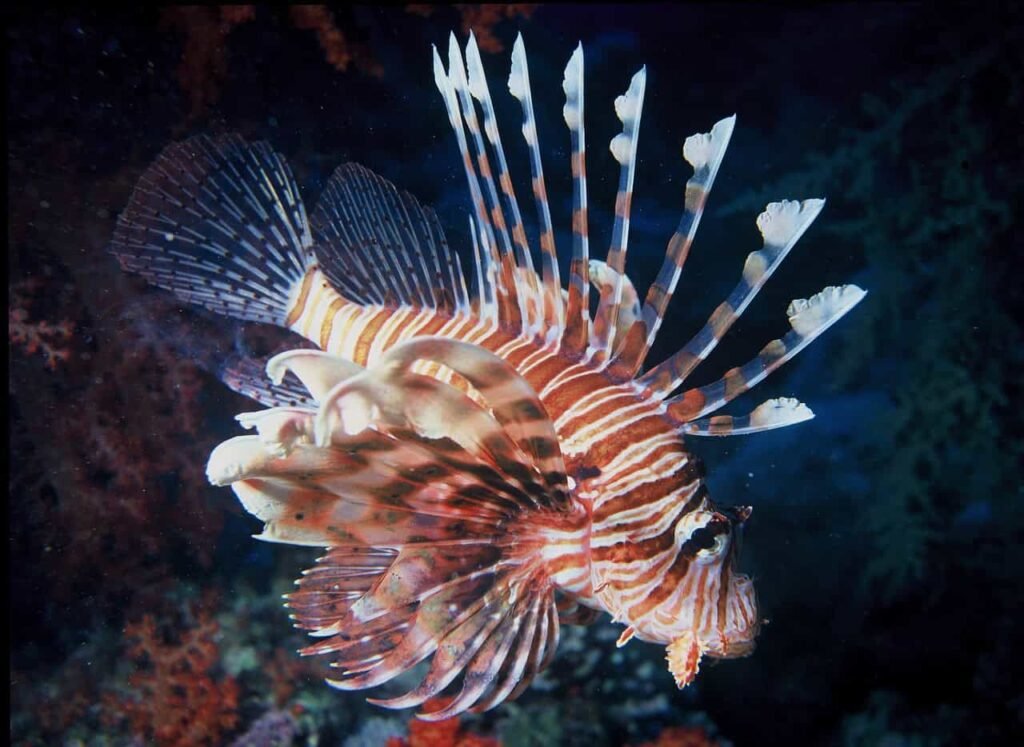
These marine animals have adapted in astonishing ways to survive in the harsh conditions of the deep sea. Each creature’s unique features highlight nature’s ability to innovate for survival. Their stories remind us of the mysterious beauty hidden beneath the ocean’s surface.



